
PUMPA - SMART LEARNING
எங்கள் ஆசிரியர்களுடன் 1-ஆன்-1 ஆலோசனை நேரத்தைப் பெறுங்கள். டாப்பர் ஆவதற்கு நாங்கள் பயிற்சி அளிப்போம்
Book Free DemoAkbar – The Great
The Mughal Throne and Akbar: (1556 – 1605)
- Akbar took the throne at the very young age of 14, after the untimely demise of his father, Humayun. Akbar has ably supported the loyal commander of Humayun named “Bairam Khan”.
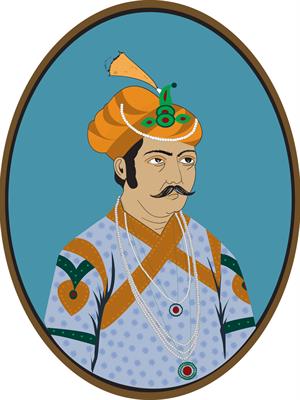
King Akbar
- Bairam khan defended the empire under the name of Akbar as he was a small child. Bairam entered into a fight against Hemu, a ruler of the Sur dynasty.
SECOND BATTLE OF PANIPAT (1556): This battle was fought between Hemu and Bairam khan, where Hemu was defeated and beheaded by Bairam Khan.
- The over dominant character of Bairam Khan was put to an end by Akbar, as he sent him on a religious quest and relieved him of his military duties.
- Bairam Khan was murdered on his way back to the empire by his enemies that he had earned during his earlier battles.
Early years of Akbar:
- Akbar fought numerous battles against various opponents who were vying for the seat of the Mughal empire. Some of the important battles also had women opponents who readily took on the king.
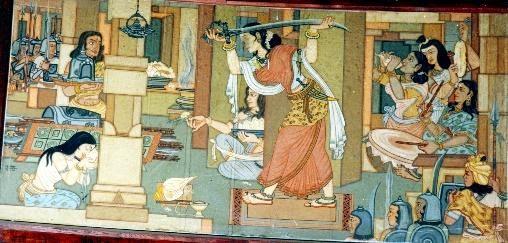
Maharani Durgavati
Rani Durgavati vs Akbar:
Chand Bibi vs Akbar:
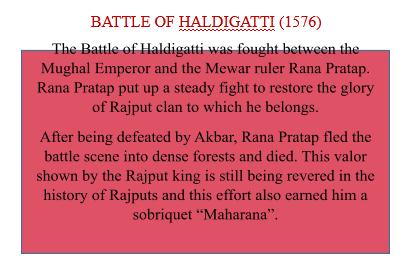
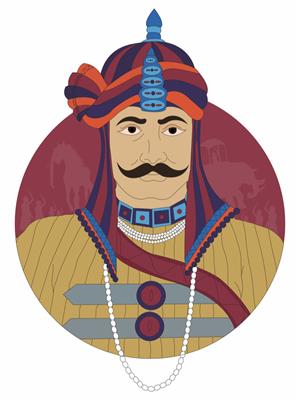
Maharana Pratap
Administration of Akbar:
- Akbar adopted practices of administration from Sher Shah of the Sur dynasty, who had an impressive administrative system.
- Akbar divided the land under his rule into provinces for efficient administration. The provinces are called “Subas” which were kept under the control of “Subedars” who did both military and political activities of the provinces.
- The land was also divided into three types under Akbar’s reign, namely,
- Khalisa – Land owned by the emperor
- Inam – Land granted for religious leaders
- Jagir – Land allotted for the noble class
TODAR MAL: He was the minister of Akbar’s court under whose guidance Akbar experimented on the land revenue system. It was also later named as “Sabti system or Bandobast system or the Todar mal system”.
Military under Akbar:
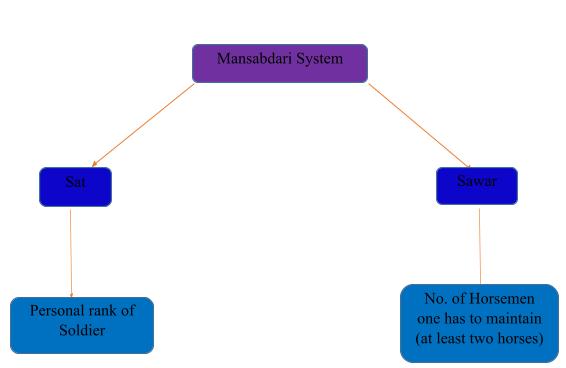
- Akbar expanded his territories through military conquests from Kandahar in the west to Bengal in the east and Kashmir in the north to the Godavari in the south. He also annexed many territories of Deccan.
- His conquest of Gujarat made his way for trade with Western Asian countries, and the capture of Bengal allowed him to trade with South-East Asian countries.
The religious policy of Akbar:
- Akbar followed a liberal religious policy where he respected all the religions that he came across. He realised the power of peace off late, which made him put down his territorial expansion mindset, making him the greatest ruler of the Mughal empire.
- He embraced all religions, especially the Hindu principles, which made the rival kings of the Rajput clan accept his suzerainty. He also entered into matrimonial alliances with the Rajputs.
DIN-E-ILAHI: It was the religion established by Akbar in 1582, which believed in one god and contained the tenets of all religions. He didn’t enforce this religion on people and kept it voluntary.
- He also abolished the “Jisiya/ religious tax” paid by the Hindu pilgrims under his reign. Ramdas, the Sikh guru and Salim Chisti, a Sufi saint, were highly respected and devoted by the ruler.
HARMANDIR SAHIB: The Sikh Gurudwara was built in Punjab to honour Baba Ramdas. Akbar donated the land to build this shrine.
- He also built a hall for all religious discussion named “Ibadat Khana” in the city of Fatehpur Sikri, where patrons of all religions met and had discussions.
Akbar’s Penchant for Art

Akbar in his Court
- Akbar had a huge liking for arts as his court was adorned by artistic patrons who were treated with the highest respect under his reign. Akbar had painters like Jaswan and Daswan in his court.
AKBAR NAMA: This book was written by Abul Fasl, the court poet of Akbar. He also wrote “Ain-i-Akbari” in Persian.
Akbar’s court also had great talents like Birbal, Tansen, Todar mal, Abdul Rahim Khan-i-Khana etc.